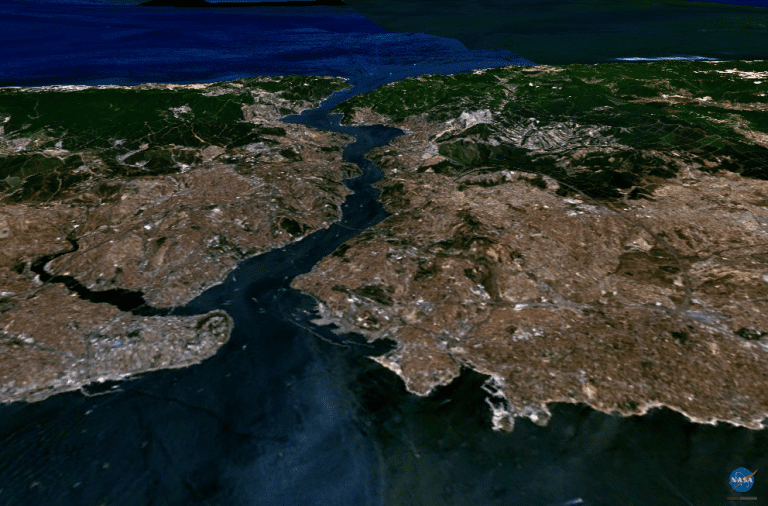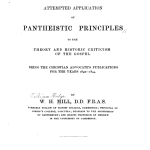
The great philosopher of history Ibn Khaldun (AD 1332-1406) speaks out on the controversy surrounding the nomination of Judge Brett Kavanaugh to the Supreme Court of the United States:
If the soul is impartial in receiving information, it devotes to that information the share of critical investigation the information deserves, and its truth or untruth thus becomes clear. However, if the soul is infected with partisanship for a particular opinion or sect, it accepts without a moment’s hesitation the information that is agreeable to it. Prejudice and partisanship obscure the critical faculty and preclude critical investigation. The result is that falsehoods are accepted and transmitted.
***
In several of the classes that I teach, I give the students a geography and chronology quiz. I tell them in advance exactly what will be on it, and I employ no tricks. The point is that I want them, for at least the duration of the course, to be able to locate the Middle East on a map.
Some have contended that war is God’s way of teaching Americans geography. And it often has that effect. For a while even Americans could find Vietnam on a map. Lately, a few have been able to find Iraq and/or Afghanistan. However, I’m told that a substantial proportion of Americans are unable to locate Canada — which is, actually, not all that complicated: Simply pick a location within the continental United States, move your finger northward, et voilà! there is Canada!
I don’t want my classes to be about memorizing dates, but, where appropriate, I do want the students to have some overall sense of Islamic history. What follows here is the periodization that I employ, and that I expect them to learn and to use. You’ll note that it doesn’t, on the whole, follow the “Great Man” view of history. Rather it attempts to point to more fundamental features:
The Pre-Islamic Period (from approximately 4,000,000,000 B.C. to 570 A.D.)
Purely arbitrarily, this period — known locally, in the Arabian Peninsula, as the Jahiliyya or “Age of Ignorance” — ends with the birth of Muhammad.
The Formative Period (from 570 to 692 A.D.)
This period, which extends from the birth of Muhammad until the year that the Umayyad caliph ‘Abd al-Malik decrees that Arabic will be the language of imperial administration, sees the life of the Prophet, the revelation of the Qur’an, the establishment of the caliphate, and the beginnings of the rapid Arab expansion.
The High Caliphal Period (from 692 to 945 A.D.)
In this period, we see the Islamic empire at its unified high point, ruling first from Damascus and then, after AD 750, from the newly founded city of Baghdad.
The Early Middle Period (from 945 to 1258 A.D.)
The Middle Periods are characterized by political fragmentation, including the epoch sometimes called the “Shi‘ite century.” During the Early Middle Period, Turks tend to gain dominance in many areas.
The Late Middle Period (from 1258 to 1500 A.D.)
During the Late Middle Period, which is separated off from the preceding period by the catastrophic Mongol sack of Baghdad, Mongols come increasingly to the fore.
The Period of the Gunpowder Empires (from 1500 to 1800 A.D.)
The adoption of technology from the West permits the partial reconsolidation of the Islamic world, particularly in the form of the Ottoman, Safavid, and Muhal or Moghul or Mogul empires — based, respectively, in Anatolia (modern Turkey), Persia (modern Iran), and the Indian subcontinent.
The Modern Period (from 1800 A.D. to the Glorious Present)
Western imperialism and the economic and technological dominance of the West is the chief distinguishing characteristic of this period, coupled with the varying responses of Muslims who are trying to cope with that dominance or, increasingly, to roll it back.










